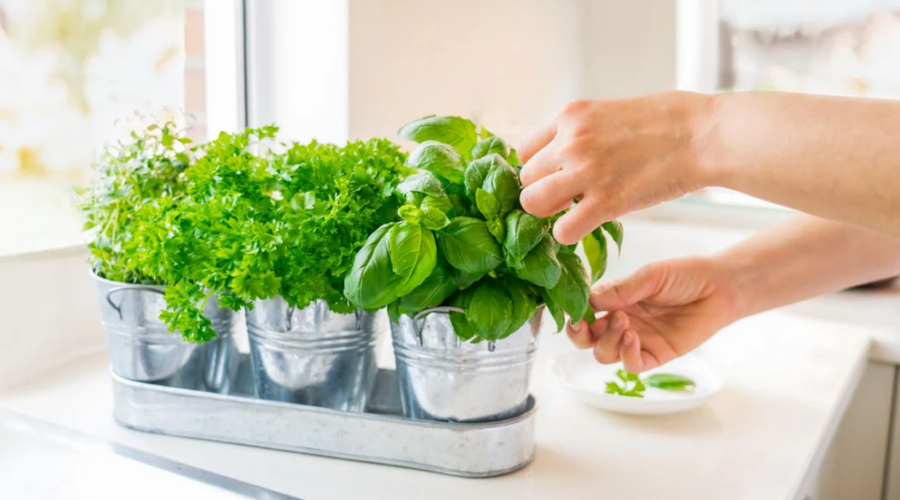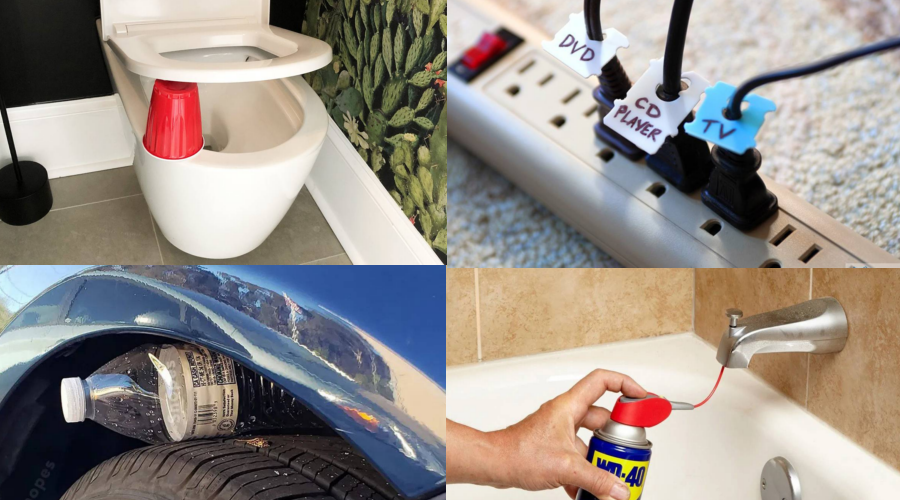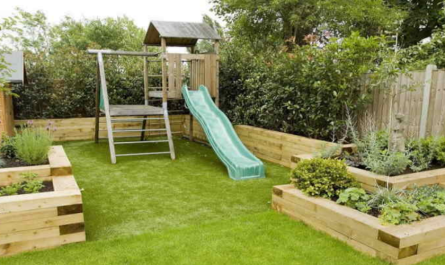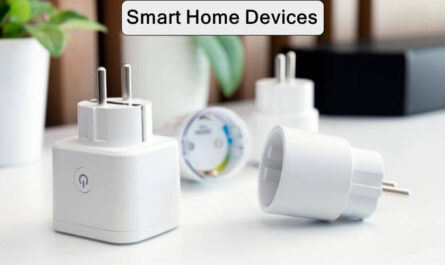Indoor herb gardening is a fantastic way to enjoy fresh, flavorful herbs year-round, right in your kitchen. Whether you’re a beginner or an experienced gardener, indoor herb gardens are easy to set up, require minimal space, and add a burst of greenery to your home. Here’s everything you need to know to start growing your own fresh herbs for cooking.
Why grow herbs indoors?
Growing herbs indoors has several benefits:
- Convenience: Fresh herbs are within reach whenever you need them.
- Cost-Effective: Save money by growing your own instead of buying herbs at the store.
- Healthier Cooking: Fresh herbs add amazing flavour and nutritional benefits to meals without extra calories.
With just a few essentials and some care, you can enjoy delicious, homegrown herbs all year long.
Essential Supplies for Indoor Herb Gardens
Setting up an indoor herb garden is simple. Here’s what you need:
- Containers with Drainage
Choose pots with good drainage to prevent waterlogging. Herbs thrive in well-drained soil, and too much water can lead to root rot. - High-Quality Potting Mix
Use a light, well-draining potting mix. Avoid garden soil, which can be too dense for indoor plants. - Sunlight or Grow Lights
Most herbs need about 6–8 hours of sunlight per day. Place them near a sunny window, or use LED grow lights if natural light is limited. - Watering Can
Herbs need regular, gentle watering. A small watering can with a fine spout is ideal for controlled watering. - Plant Labels
If you’re growing multiple types of herbs, use labels to keep track of each variety.
Best Herbs to Grow Indoors
Here are some of the best herbs for indoor growing and their specific needs:
- Basil
Basil loves warmth and sunlight. Place it in a sunny spot and keep the soil slightly moist. Harvest leaves regularly to encourage growth. - Mint
Mint is hardy and easy to grow indoors. It prefers indirect sunlight and slightly moist soil. Be mindful—it can spread quickly, so use a separate pot. - Parsley
Parsley is a slow-growing herb that prefers moderate sunlight. Water it regularly and harvest the outer leaves as needed. - Cilantro
Cilantro grows quickly indoors but can be sensitive to heat. Place it in a cooler area with moderate light and keep the soil moist. - Chives
Chives are one of the easiest herbs to grow indoors. They need indirect sunlight and regular watering. Snip leaves close to the base to encourage regrowth. - Thyme
Thyme loves bright, indirect sunlight and tolerates drier soil. Water sparingly and trim frequently to prevent it from becoming woody. - Rosemary
Rosemary needs lots of sunlight and prefers to dry out between waterings. Its piney flavour pairs well with many dishes, making it a kitchen essential.
How to Care for Indoor Herbs
To keep your herbs thriving, follow these simple care tips:
- Provide Ample Light
Place your herbs near a south-facing window, where they can get plenty of natural light. If sunlight is limited, consider using a grow light. - Water Regularly but Don’t Overdo It
Herbs need consistent watering, but overwatering can harm them. Check the soil—if it feels dry about an inch down, it’s time to water. - Fertilise Sparingly
Use a light fertiliser once a month to provide nutrients. Over-fertilizing can cause herbs to lose flavour, so keep it minimal. - Prune and Harvest Often
Regularly trim leaves to encourage new growth and prevent the herbs from becoming too leggy. Use your trimmings in your cooking to avoid waste! - Watch for Pests
Indoor herbs can sometimes attract pests like aphids or mites. If you notice any, rinse the leaves and use a gentle insecticidal soap if needed.
Indoor Herb Garden Design Tips
Create a beautiful, functional herb garden in your kitchen with these design ideas:
- Windowsill Garden: Place small pots along a sunny windowsill for a minimalist and effective herb garden.
- Tiered Shelves: If space is limited, use tiered shelves or a plant stand to fit multiple plants in a small area.
- Hanging Planters: Save counter space by using hanging planters. Herbs like thyme and oregano look great cascading from hanging pots.
- Mason Jars or Recycled Containers: For a rustic look, grow herbs in mason jars or repurpose old containers. Just make sure they have proper drainage.
Cooking with Fresh Herbs
Adding fresh herbs to your meals enhances flavour and adds depth to recipes. Here are some pairing ideas:
- Basil is perfect for Italian dishes, pasta, and salads.
- Mint: Ideal for tea, desserts, and lamb dishes.
- Parsley is great for garnishing soups, salads, and sauces.
- Rosemary: Delicious with roasted meats and potatoes.
- Thyme: Pairs well with chicken, fish, and stews.
Experiment with fresh herbs to transform everyday dishes into something extraordinary.
Final Thoughts
Growing an indoor herb garden is rewarding and adds a touch of freshness to your cooking. With the right setup and a little care, you can enjoy fresh herbs year-round. From windowsill planters to creative containers, the possibilities are endless. Start with a few of your favourite herbs and expand as you go. Happy gardening and cooking!







